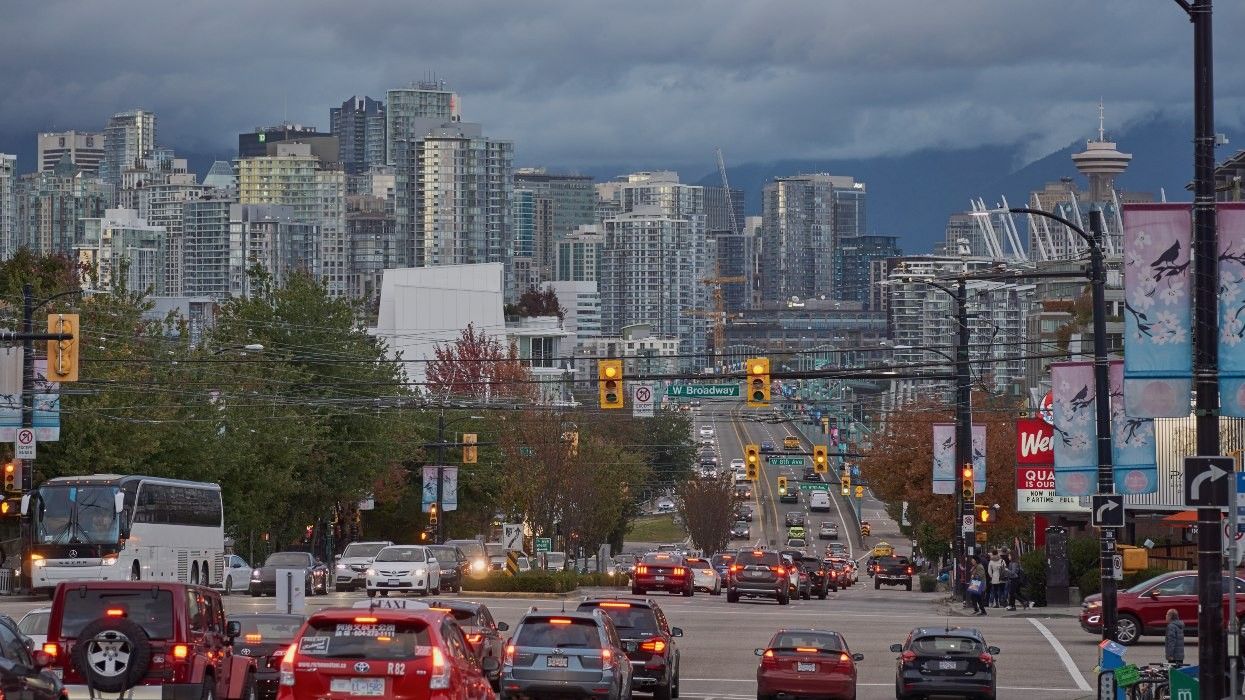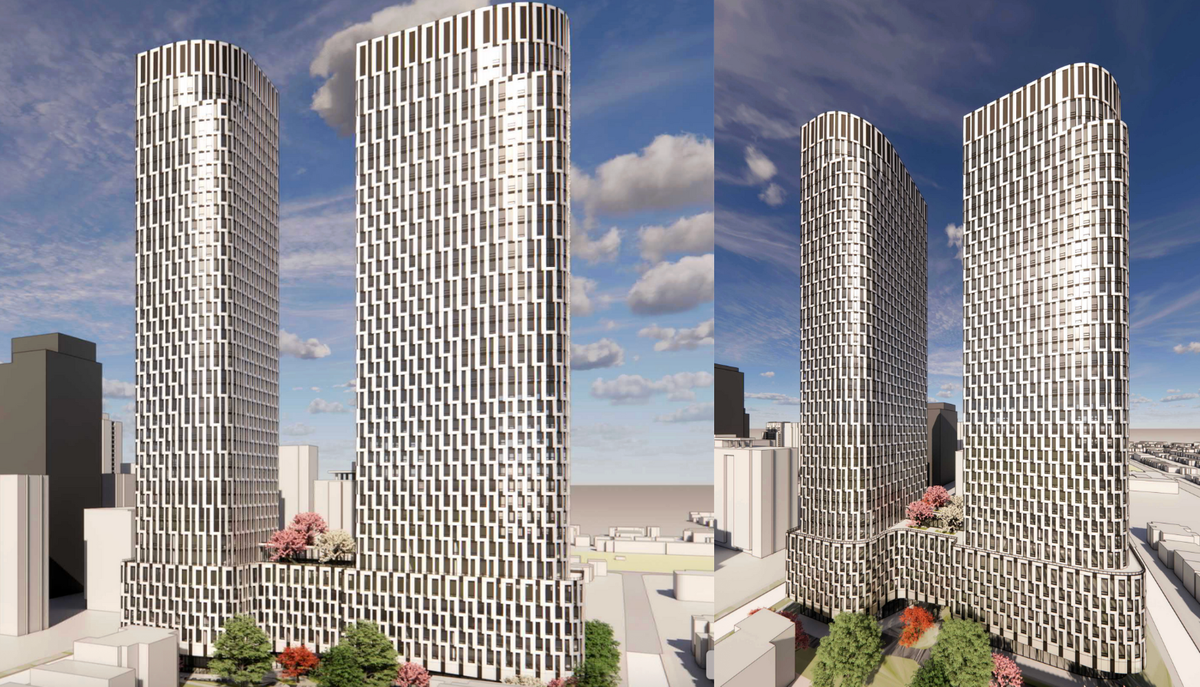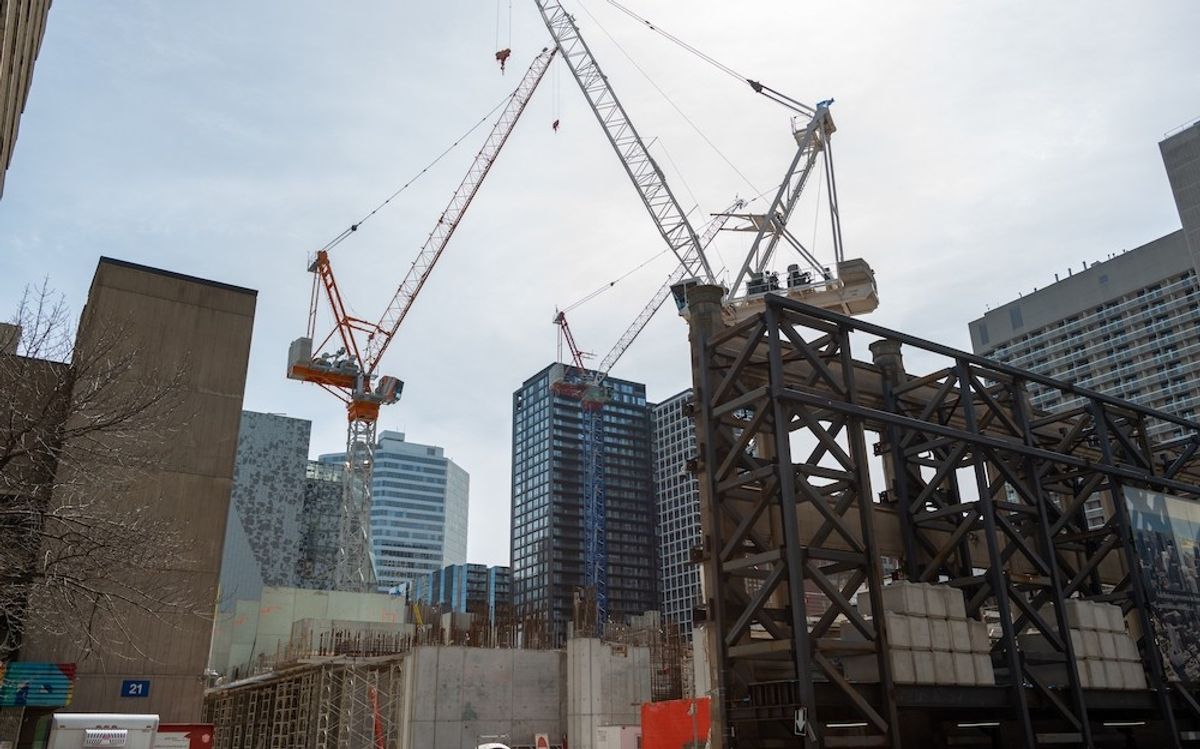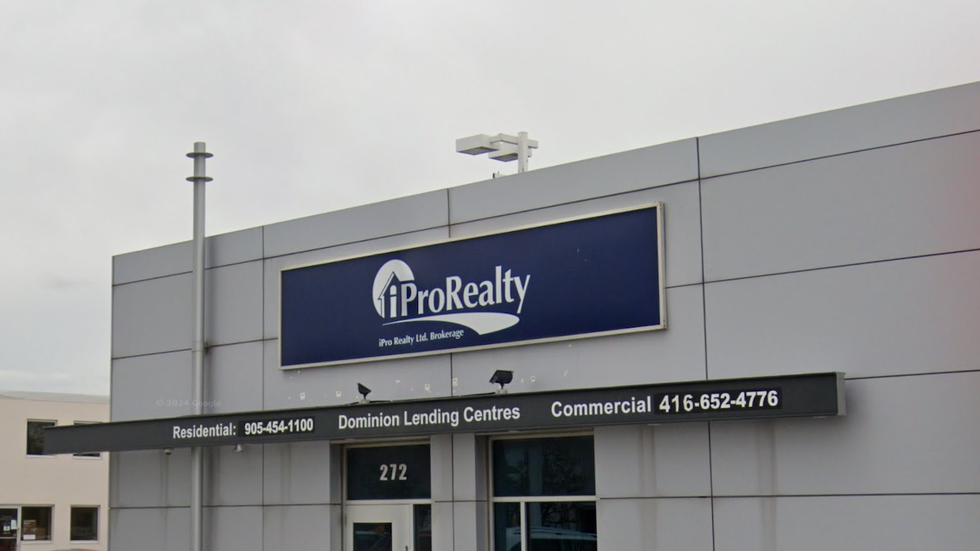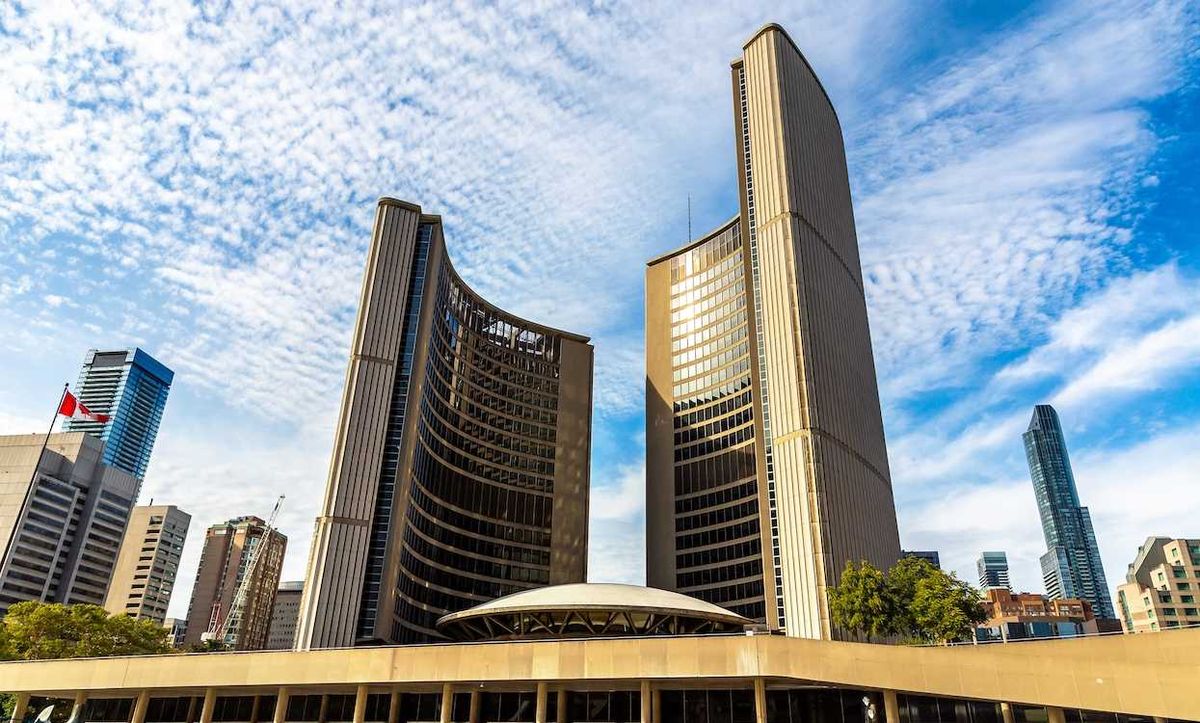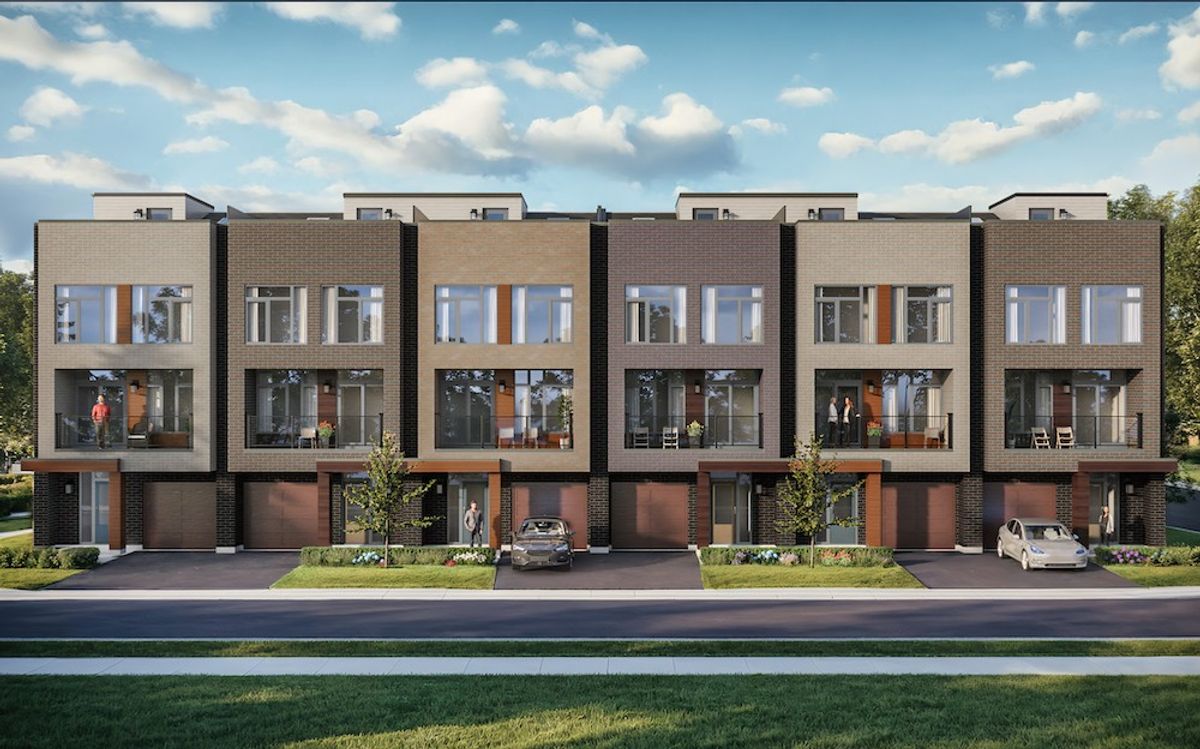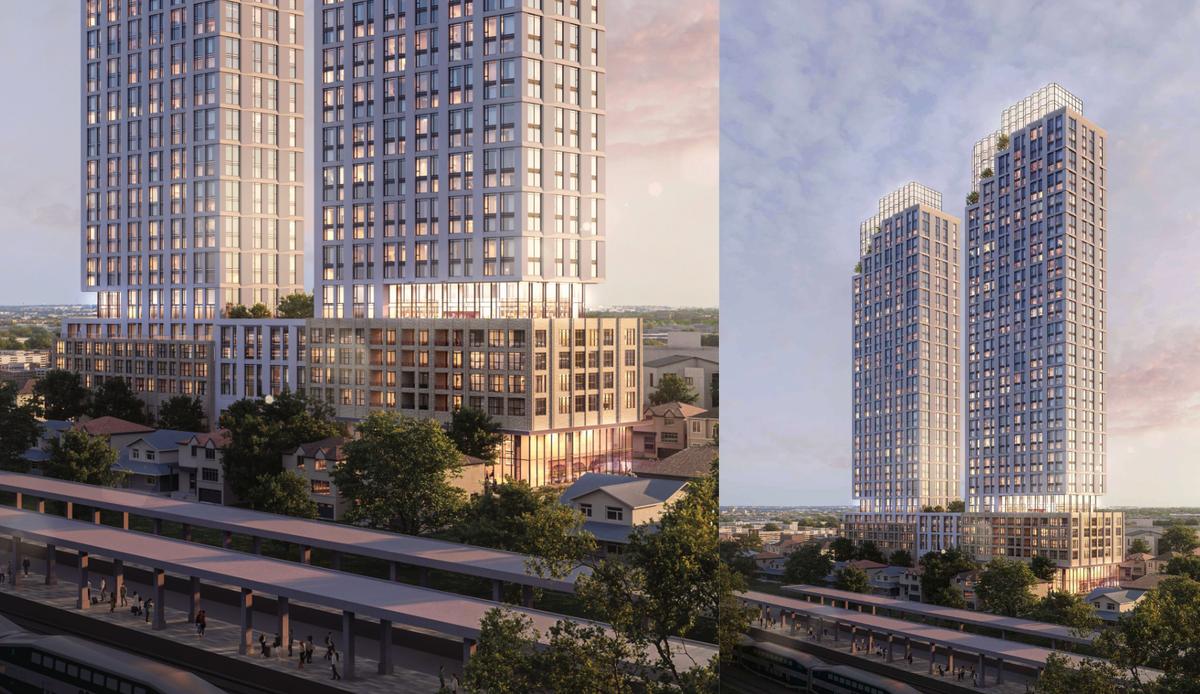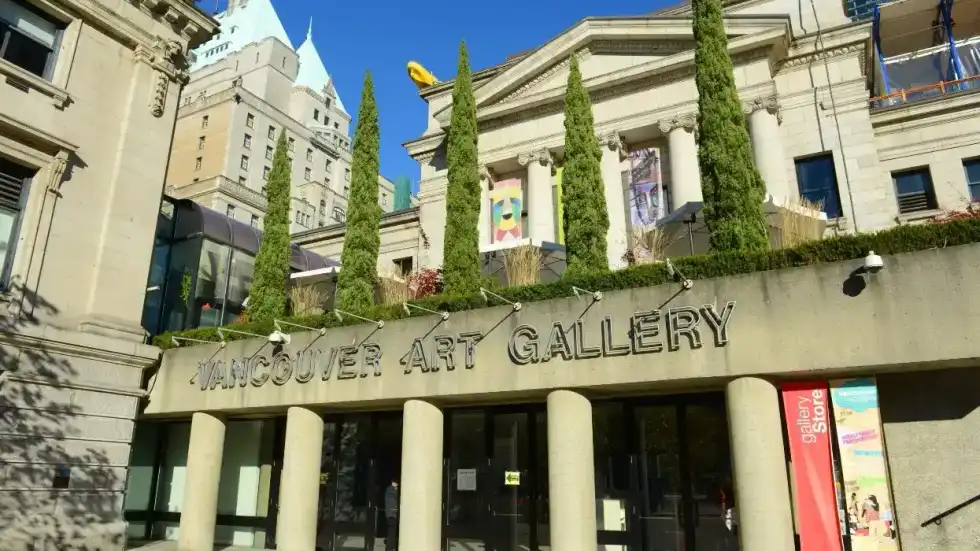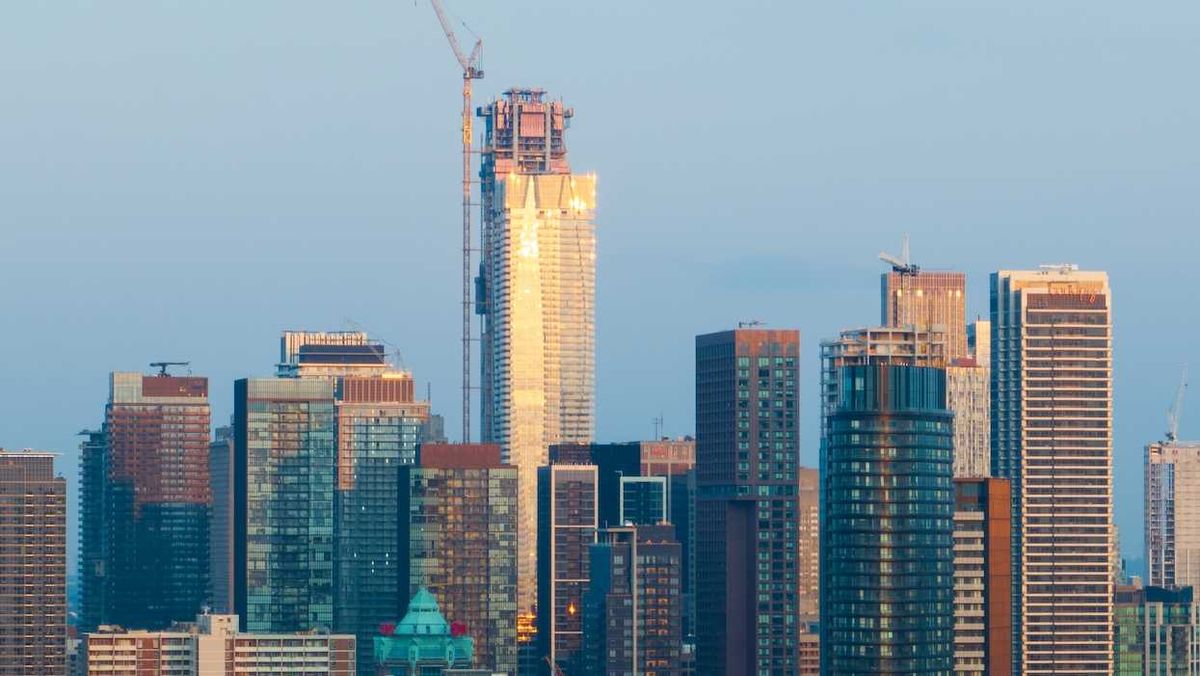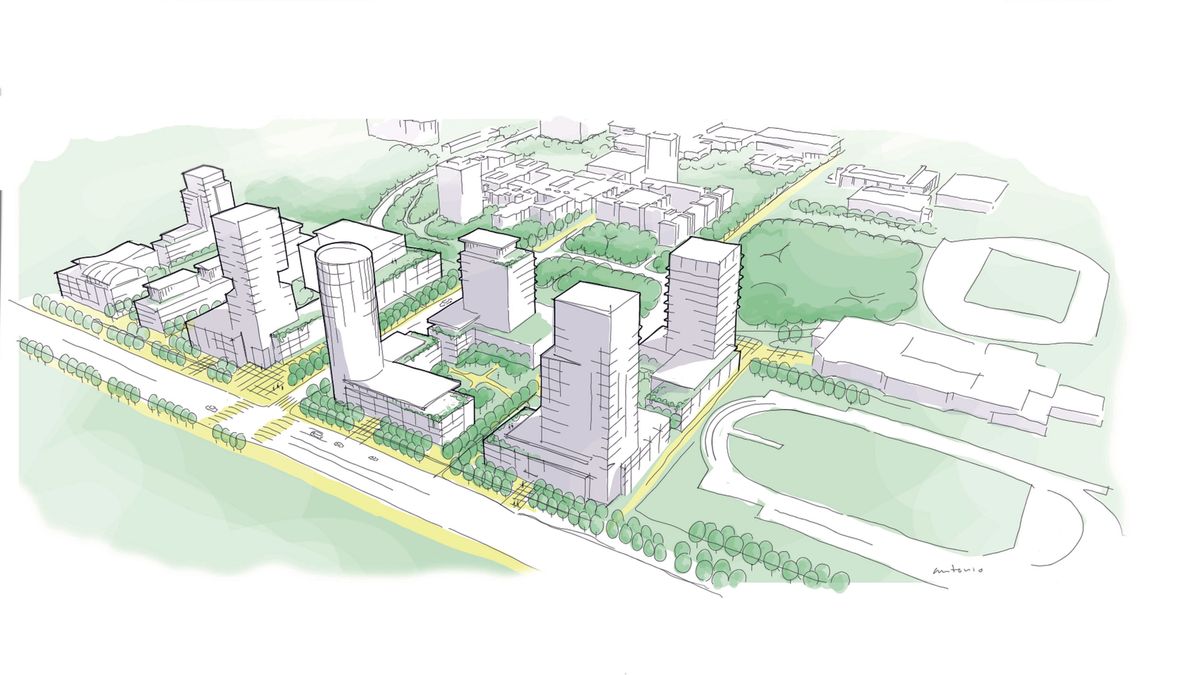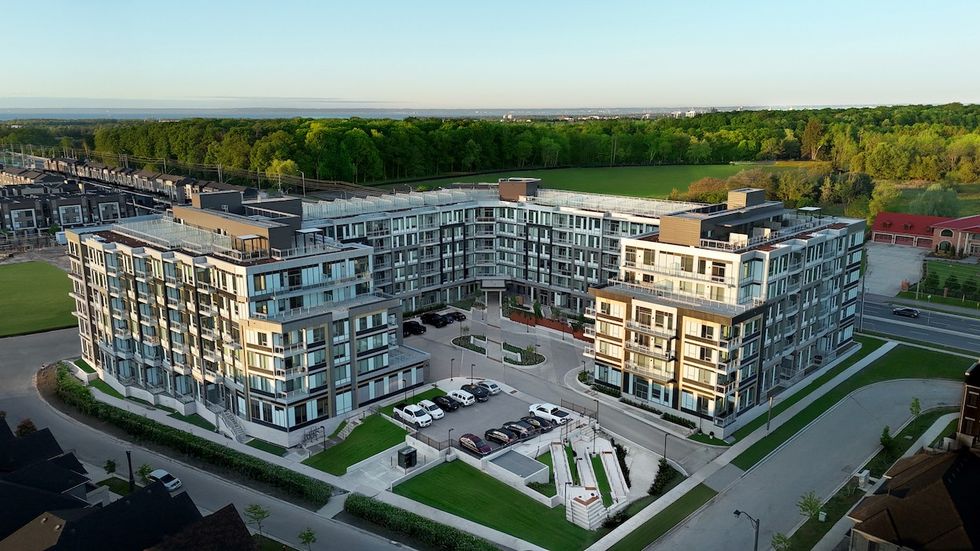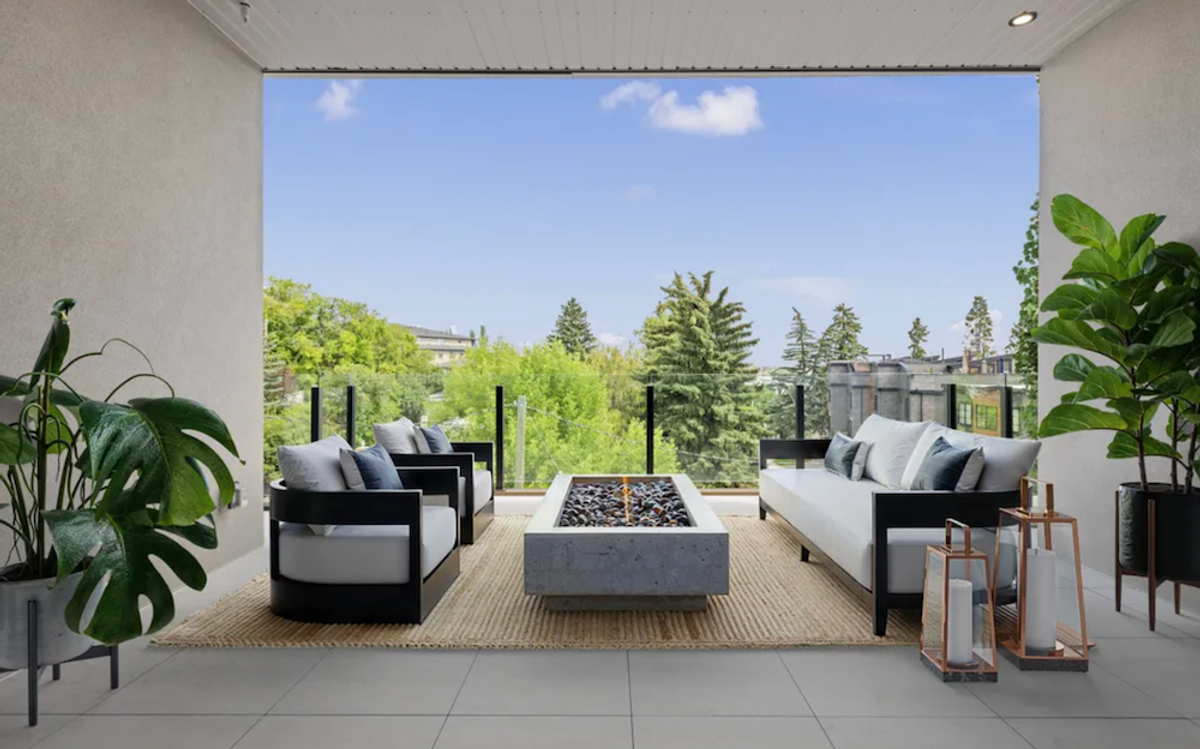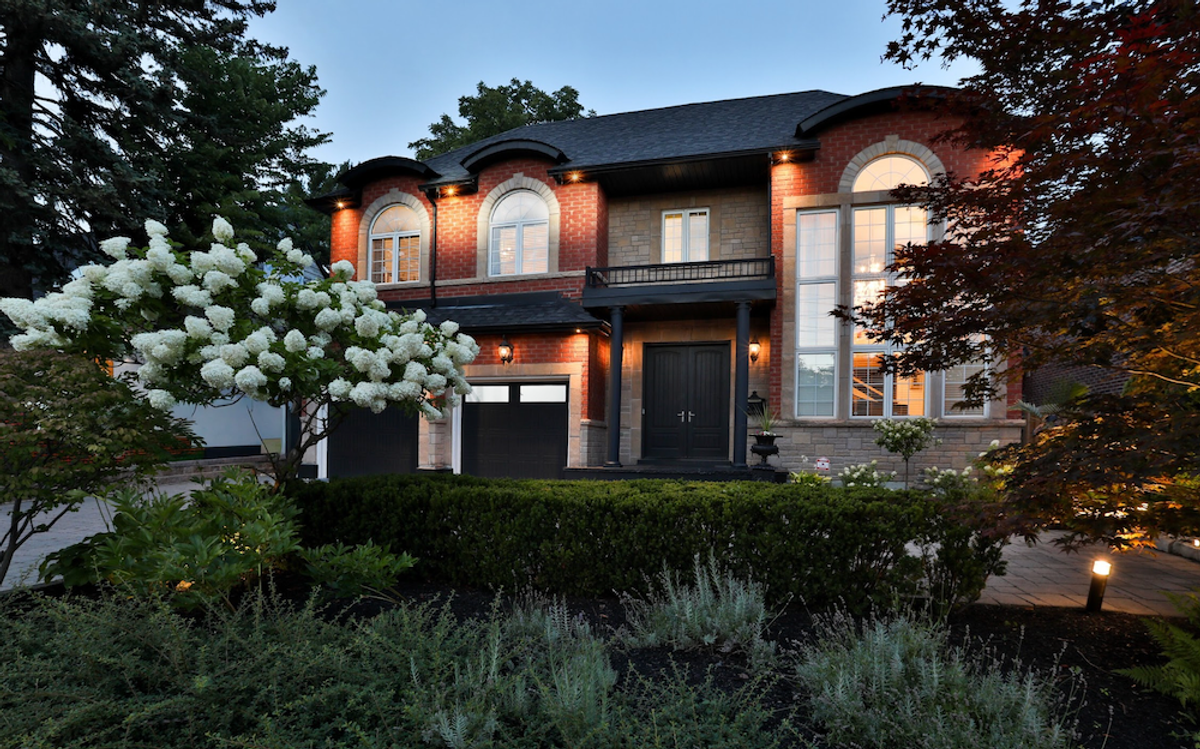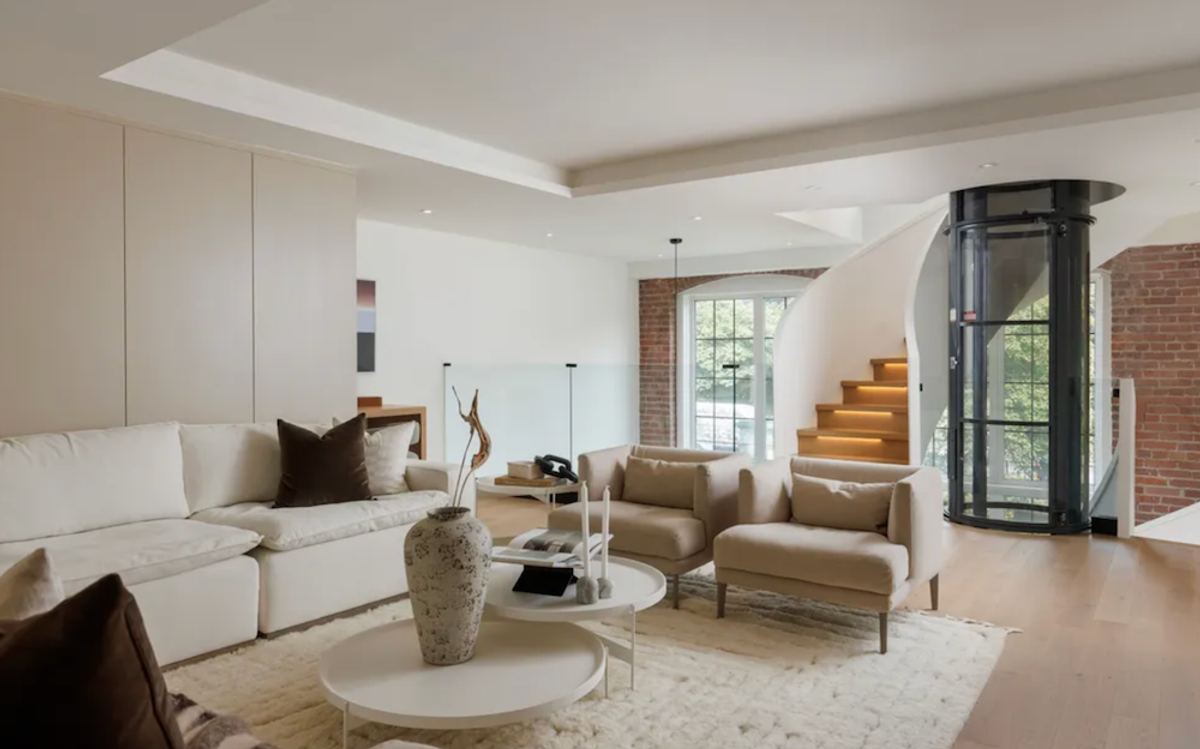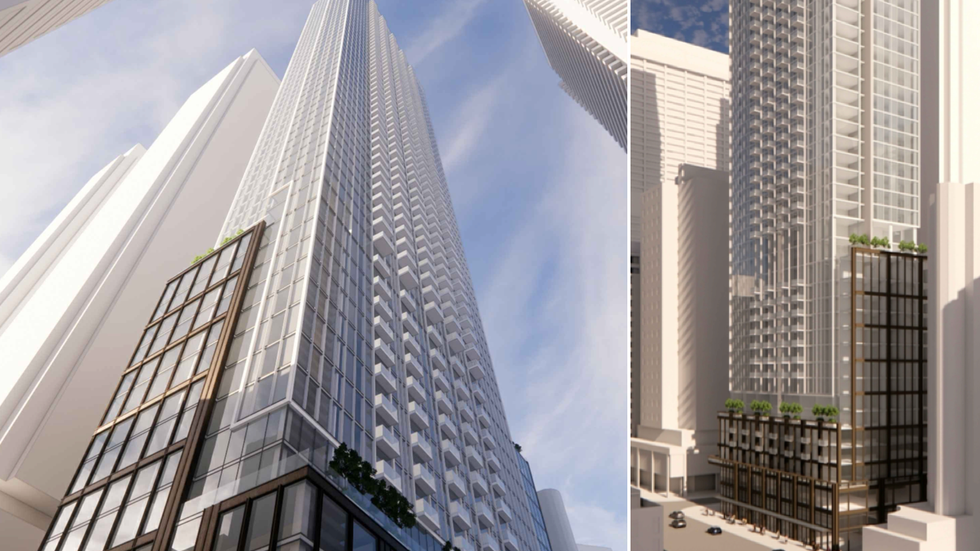In the three-minute teaser to David Fine's documentary on Vancouver's Broadway Plan, former-Director of Planning for the City of Vancouver Larry Beasley says "there is an idea out there that demolition of affordable housing is just an inevitable part of a densification strategy in a city." He goes on to say "That idea is absolutely wrong" and that "there are just too many victims."
The 30-year plan is to create a "second downtown" to the south of the downtown peninsula — across a 500-block area that contains much of the city's most cherished character and rental housing, shops, and cultural landmarks.
On Thursday night, Council pushed forward and approved, with amendments, about 38% more residential density, despite the overwhelming majority of the 130 speakers that waited patiently all day to speak being opposed to the changes.
Pushback to the two-year-old Broadway Plan has been coming in droves since the City ramped up the plan for significantly more density, towers, and potential disruption to neighbourhoods and residents. There's a documentary in progress called "Is This the City We Want to Build?" As well, there's a petition to put the plan on pause, with 3,365 signatures. There's also a letter to Council signed by 22 former-planners (such as Christina DeMarco and Arny Wise), architects (such as Barbara Gordon and Michael Geller), and scholars (such as David Ley and Penny Gurstein), among others, also calling for Council and staff to reconsider the plan. There was also recently a rally at City Hall where at least 500 residents gathered — a high turnout for a city that rarely protests City Hall decisions.
The Broadway Subway is currently under construction and was a main reason the City created the plan. The amendments came about because of policy changes and "increased development interest than initially anticipated," according to the 353-page city report. Staff said the changes were also in response to the Province's transit-oriented areas legislation as well as the City's controversial decision to relax its view cones policy.
The goal of the original Broadway Plan was for 30,000 additional homes within the 500-block study area. The newly approved amendment calls for 41,500 homes, an increase that will largely be accomplished through dozens of new high-rises peppered throughout low and mid-rise neighbourhoods. City staff insist that the older houses and retail buildings that have shaped much of the city's character will not be completely wiped out in favour of a concrete jungle, but critics say that over time, that's exactly what will happen and as development encroaches on Mount Pleasant and Kitsilano's shopping districts, gentrification will push out mom-and-pop shops as well as renters who've enjoyed affordable rents in older buildings.
The Broadway Plan area contains a quarter of the city's entire rental stock, almost all of it older apartment buildings that house low-income and middle-income residents who enjoy central, affordable housing. Dozens of signs for redevelopment applications have popped up in front of three-storey walk-up apartment buildings over the last two years.
The plan was supposed to have a 30-year build out, but 139 development applications are already in the pipeline — representing 20,324 new residential units, according to the City. The applications include towers as high as 32 storeys. Proponents of redevelopment argue that many more housing units will be built for many more people. Critics say the units will be mostly unaffordable and won't offer anywhere near the same standard of living.
They also question whether the City's enhanced tenant protections for renters will hold up to pressure from developers. The City requires lump sum payouts and rent top-ups for displaced tenants — a potentially hefty cost at a time when developers are straining to build due a variety of economic factors.
Filmmaker David Fine says the tenant protections could get reassessed the same way the villages were reassessed for more height.
“At what point does the industry go, "we can't build these things and pay this amount to people. It's not working.' When does that happen?" asks Fine. "Because that's the pattern."
Fine was inspired by the "Citizen Jane: Battle for the City," a film about author Jane Jacobs' fight in New York against planner Robert Moses' efforts to mow down cherished neighbourhoods for homogenous tall buildings and freeways. Moses' mid-century urban renewal ultimately displaced thousands to pave the way for apartment buildings.
"It’s a slightly different situation, but [my film] is about the general idea that to move forward you demolish and evict. That's what's happening here," said Fine.
In their lengthy letter, the group of 22 experts state that they "are seeing a frenzy of profit speculation, land banking, flipping, and land inflation in the heart of vulnerable established, mixed-use neighbourhoods due to the plan, which, by the City’s own estimates, will demolish thousands of existing, affordable homes, resulting in forced resettlement of thousands of people.
"The disruption and anxiety for many vulnerable renters is considerable and the protections do not adequately compensate or address meaningful failures in the Tenant Protections," the group notes.
Michael Geller, a signeee on the letter, said he hasn't participated in a protest like this one since he and architects James K.M. Cheng, Norm Hotson, Peter Busby, Patrick Condon, and others, penned an open letter to Council 20 years ago arguing for a unique neighbourhood in the newly emerging southeast False Creek. Citing urban design principles, they argued against a repeat of the skyscraper developments on False Creek's north shore.
However, while that letter may have been largely responsible for the walkable midrise Olympic Village that exists today, the signatories this time didn't hold any sway with the ABC-dominated Council.
"That letter definitely had an impact, whereas this one obviously had no impact whatsoever," said Geller, who also wonders whether it was Council or staff that were "steering the bus" on the decision. "The concern to me is they didn't decide to simply hold off on those areas that are five or six blocks away from Broadway. The second [issue] obviously, which I think was a greater concern to others, was whether it was necessary to allow the demolition of so many old existing rental buildings. And that's one other thing, which we didn't articulate… There has always been some consideration for rate of change. In other words, how quickly should the plan and redevelopments proceed? And although that was initially contemplated for the Broadway Plan, and it is noted in the most recent 350-page staff report, they decided not to even consider monitoring rate of change."
The flurry of applications to redevelop existing rental buildings and build towers is spurred on by the fact that in some areas they can build 10 times the existing density, he said, which is just too good a deal to resist. He is also struck by the number of Broadway Plan development applicants who are unknown within the development community, which makes him suspicious of speculation.
"My sense is that a significant percentage of the current proposals are coming from speculators, including the owners of the existing apartment buildings, rather than developers who intend to actually build the buildings. They don't buy the properties; they just option them or tie them up."
Another criticism voiced in the open letter is lack of public engagement for such a transformational plan. Although displacement of thousands of residents from their homes is a significant fear, there's little discussion in recent City reports on the Broadway Plan, says Associate Professor Andy Yan, Director of Simon Fraser University' City Program.
"Other than retail impact, the words 'displacement' are noticeably and surprisingly absent in regard to residential, in spite of the significant public concerns that have emerged since the plan," says Yan. "They haven't gone through these deep neighbourhood planning processes with those who live in the area. I think there is a tremendous trust deficit between residents and the City."
Additionally, Council has also previously voted against monitoring the numbers of evictions and impact on residents.
"The lack of a monitoring strategy on residential evictions and the types and rents of units lost and gained only deepens the distrust," he said.
"The challenge in the Broadway Plan is that this is not occurring on under-utilized industrial lands, but in some of the most vibrant rental districts in the city," he said. "These are already urban, mid-density precincts where people are living in a highly livable way. The seeming disregard for those currently living in the area harkens back to Vancouver's urban renewal practices of the 1950s and 1960s."
Another concern is that developers could potentially evict people and simply warehouse empty properties, causing unnecessary evictions and anxiety while leaving sites undeveloped. Yan notes the affordable apartment buildings that used to sit around the Burrard corridor that are now sitting empty because of anticipated redevelopment that hasn't happened. He also points out that the City does not make clear the net number of residential units that will result from the plan, after the existing units are lost.
"What are the consequences for existing residents, both good and bad? That conversation needs to be had."
